We sent freelance travel photographer and content creator Pat Kay to explore Fukushima, Gunma, and Ishikawa Prefectures. Learn about his adventures through lesser known Japan below.
Over the past 4 years exploring hundreds of locations all across Japan, from top to bottom, east to west, I still feel like I’m not even close to being done.
There’s just so much depth to this country, so many hidden gems, so many untold stories, so many experiences to be had, and parts of culture to be understood.
It’s always a blast, then, when I get a chance to visit somewhere new for me, off the well beaten track; somewhere most foreigners don’t bother to go.
This particular trip was just that: a collection of uncommon locations in Honshu (the biggest island), spread over four days. We’d go to 200-year-old wooden temples to snow-covered mountain ranges. We’d eat manju and see river trains. We’d experience flowers that only grow in the winter and explore the houses of old samurai.
Only in Japan can you experience a trip with this much diversity in a mere four days. Here’s what we got up to:
Day 1 – Fukushima
Our first day started with a few hour’s commute from Tokyo to Fukushima, where our first sightseeing location would be a temple called Sazaedo Temple.

Sazaedo Temple
As a huge architecture nerd and lover of all things culture, this completely hand-made, wooden, double-helix structure created in 1796 is a cultural gem I couldn’t get enough of.
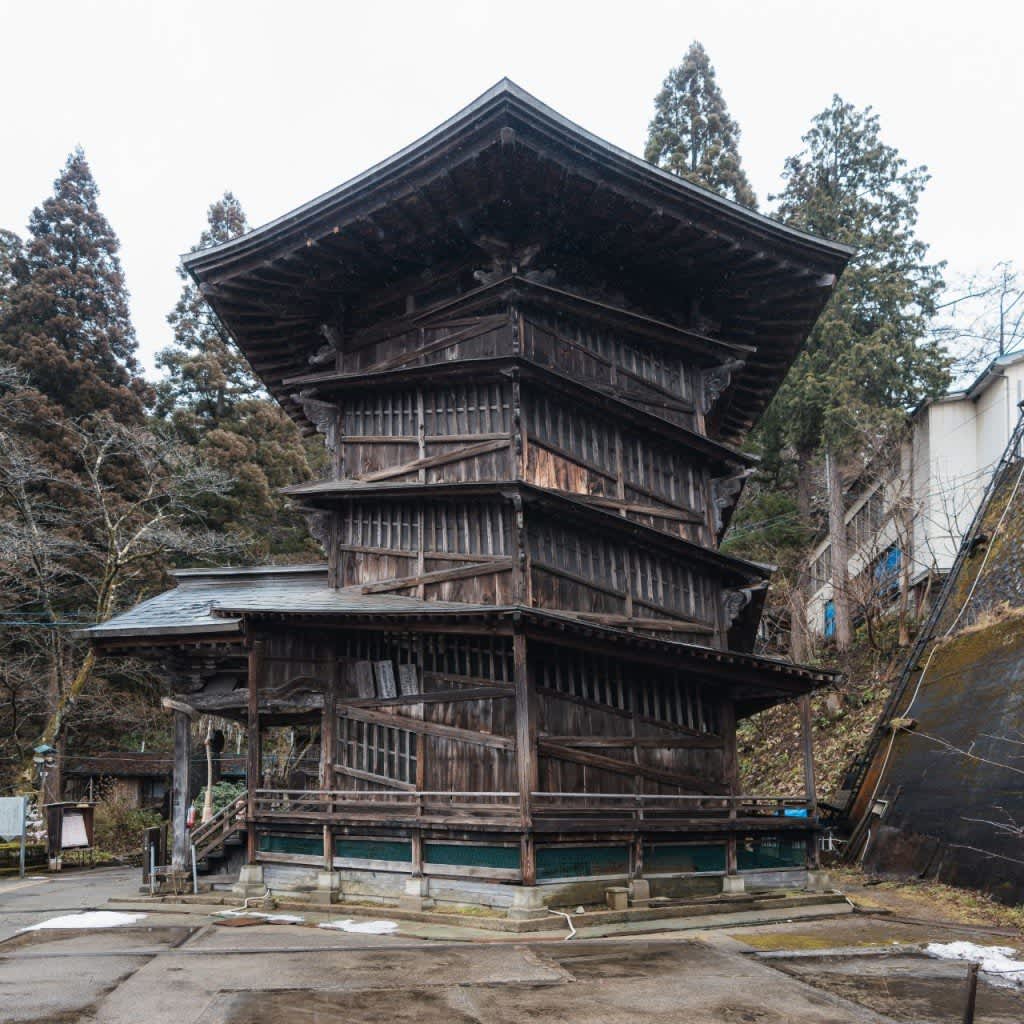
Although in modern architecture the double-helix is a commonly known design, back in the 1700’s, it was a rare occurrence. The double-helix structure means that visitors ascending don’t clash into visitors descending. The entire building has individual up and down routes shaped in spirals that are opposing and twisted into each other.

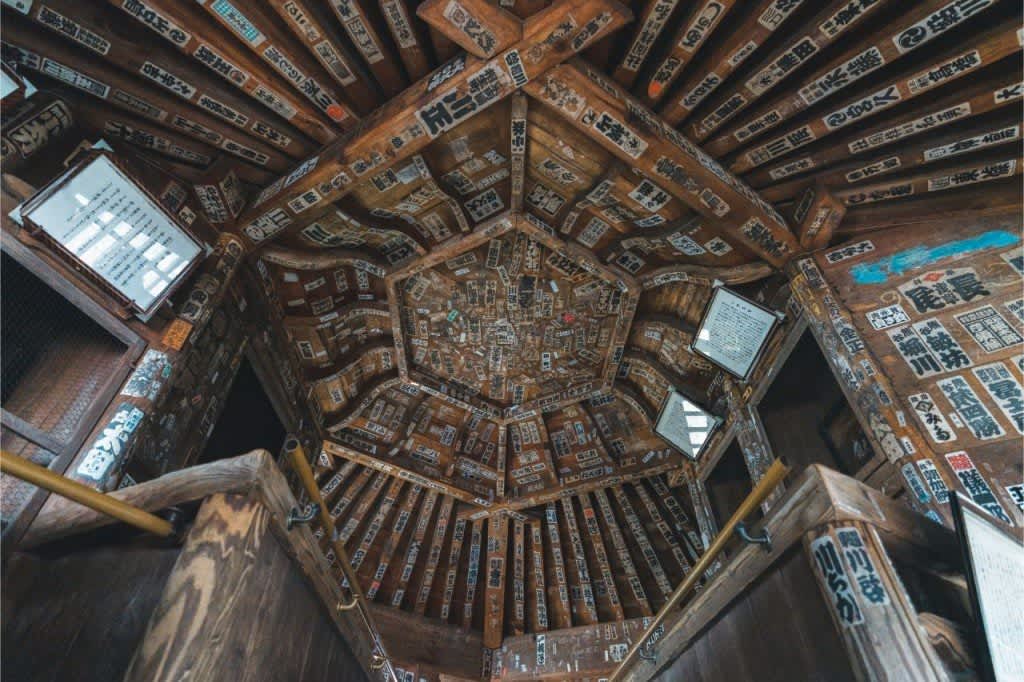
It’s wild to think about, and even wilder to realise that Sazaedo Temple was created before the advent of Computer Aided Design.
Koike Confectionary shop

Our next stop was brief, but delicious and worth mentioning.
Koike Confectionary shop specialises in a local dish called Awa Manjū (あわまんじゅう)which is a sweet bun made from sticky ‘mochi’ rice, usually steamed, with bean paste in the middle. It’s not crazy sweet like many western deserts; it’s mild enough to enjoy many of and it’s especially great with tea.
This particular shop, I’m told, is actually quite a famous location in the area, with lunchtime lines almost every other day.
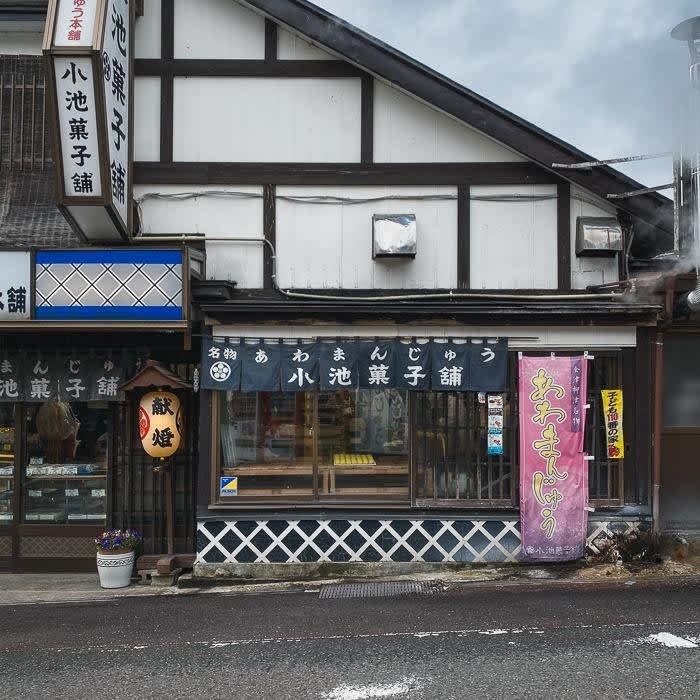
Tadami River Viewpoint
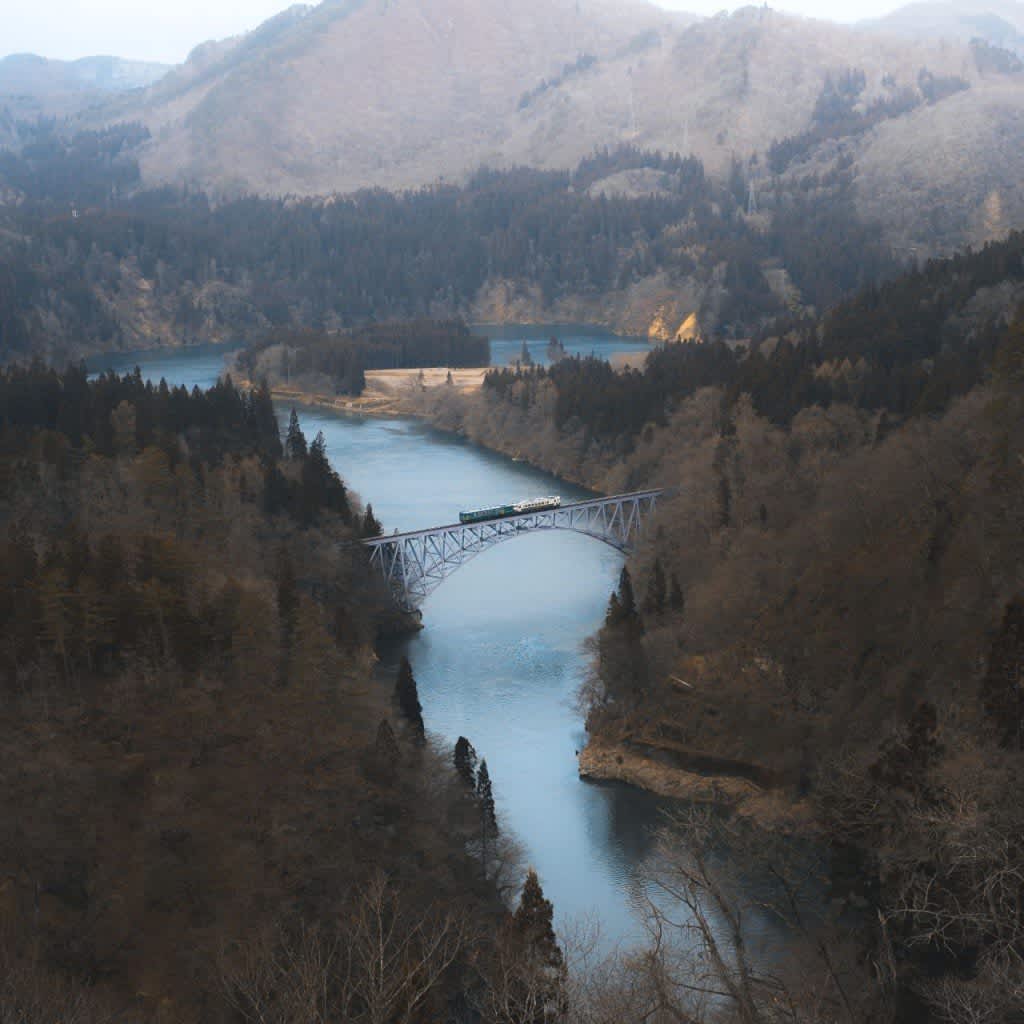
One of the most famous sightseeing locations in Fukushima Prefecture, Tadami River Bridge viewpoint showcases an iron bridge over a long valley and features 3 different levels and perspectives to view the bridge from. To make things a little more special, a few times a day a train comes across the bridge, making for a fantastic, iconic image of Japan.

Be sure to time your visit around the train schedule to add an extra layer of intrigue to your images.
This particular location is great in almost every season; whether that be surrounded by the lush green and rain of summer and spring, the colourful leaves of autumn, or the white blanket of snow during winter.

Day 2 – Gunma (travel day)
Our second day led us to Gunma, more specifically, the Kusatsu region.
After a long commute from Fukushima (make this a consideration if you’re thinking about following along this particular itinerary), most of our day was spent travelling and we had little light left at the end of the day due to the sun setting early in the middle of winter.
However, we did manage to take some images around Mount Kusatsu-Shirane and its surrounds; a stunning visual feast when there’s a bit of light and low cloud around.





Day 3 – Gunma
The best chances for clear conditions and favourable light is always in the morning. So, it was up bright and early for sunrise.
Mount Kusatsu-Shirane

Staying in the Manza Onsen area the night prior, we made a hike up one of the hills in the Mount Kusatsu-Shirane area since the road was closed, and made the most of our morning light.
The landscapes in this part of Japan are just stunning. They’re sights you don’t see very often, but they’re so beautiful, especially dusted with a fresh layer of snow. I can never get sick of these sights.
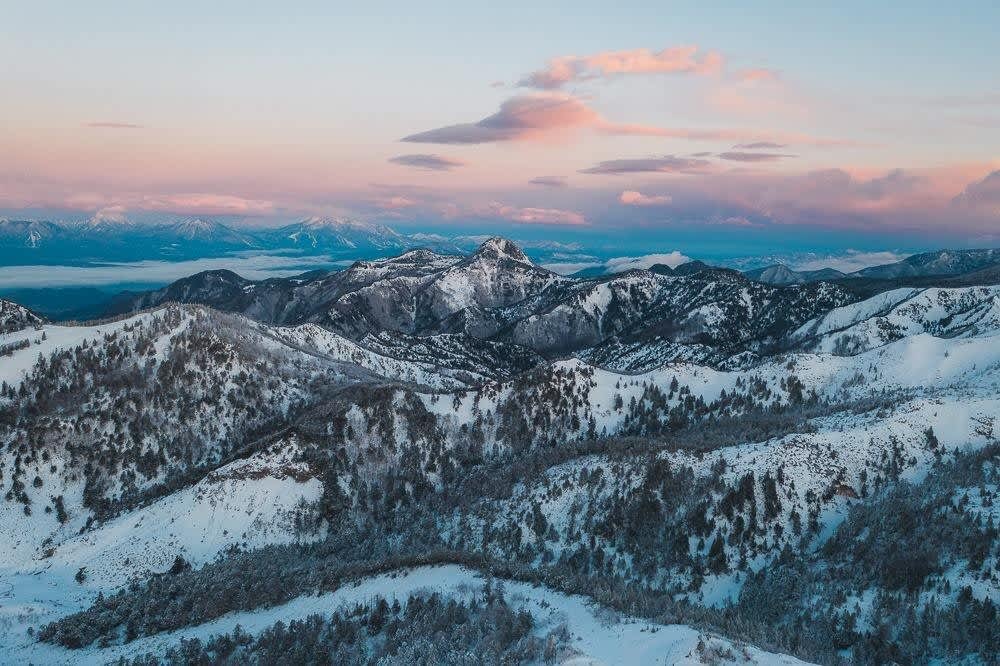
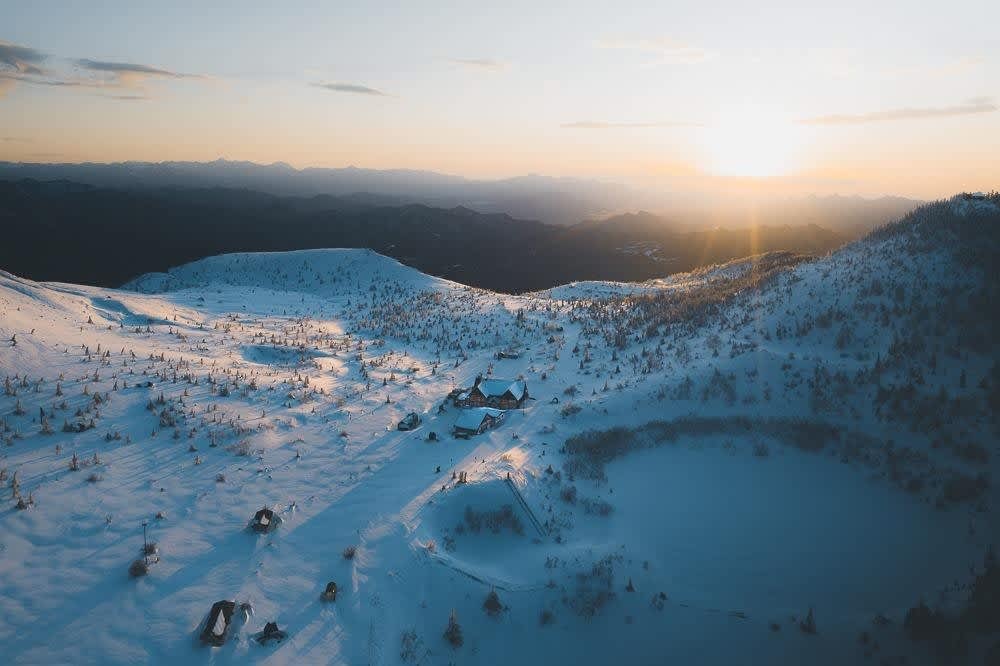
Onioshidashi Volcanic Park
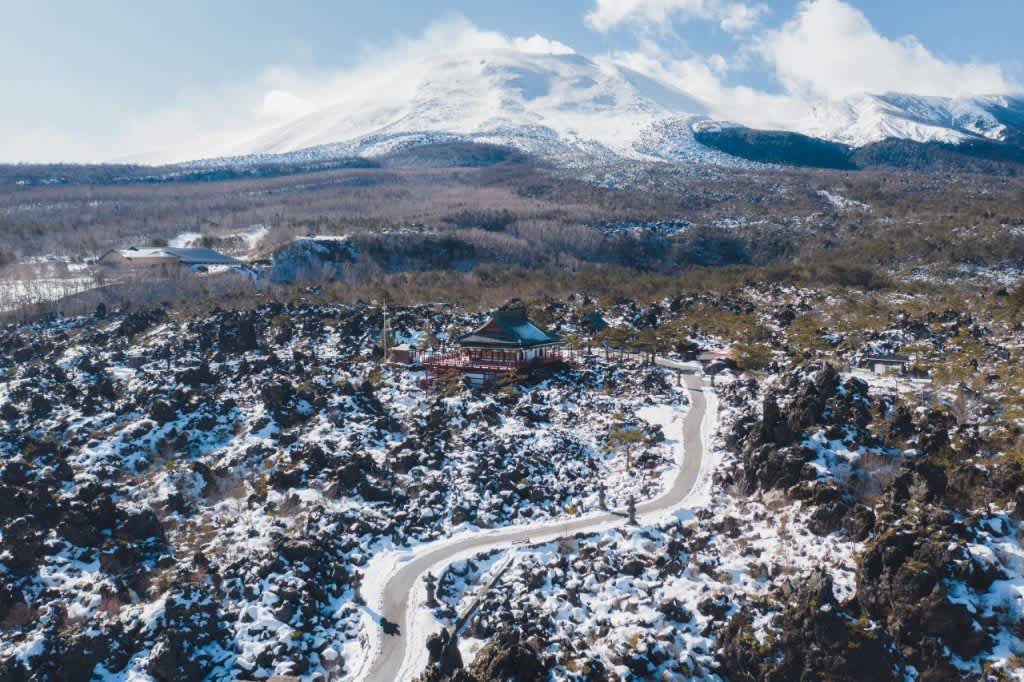
From there, we headed toward Mount Asama for some more mountainous images.
Along the way, there’s an interesting volcanic park named Onioshidashi Park that caught our attention. It wasn’t on our itinerary to visit, but as we passed it, we couldn’t help but stop.


Having been to so many different mountains in Japan, I’ve never actually been to a park that’s completely created from the lava of a volcano.
It’s a special sight; a peaceful one too. It’s a very quiet area, and exploring the pagoda and temple within the park is a timeless, classic Japanese experience I’ve had at many places like this, but is one I’ll never get sick of.

We also received special permission from the owner to throw up our drones for some aerial images too.
Mount Asama
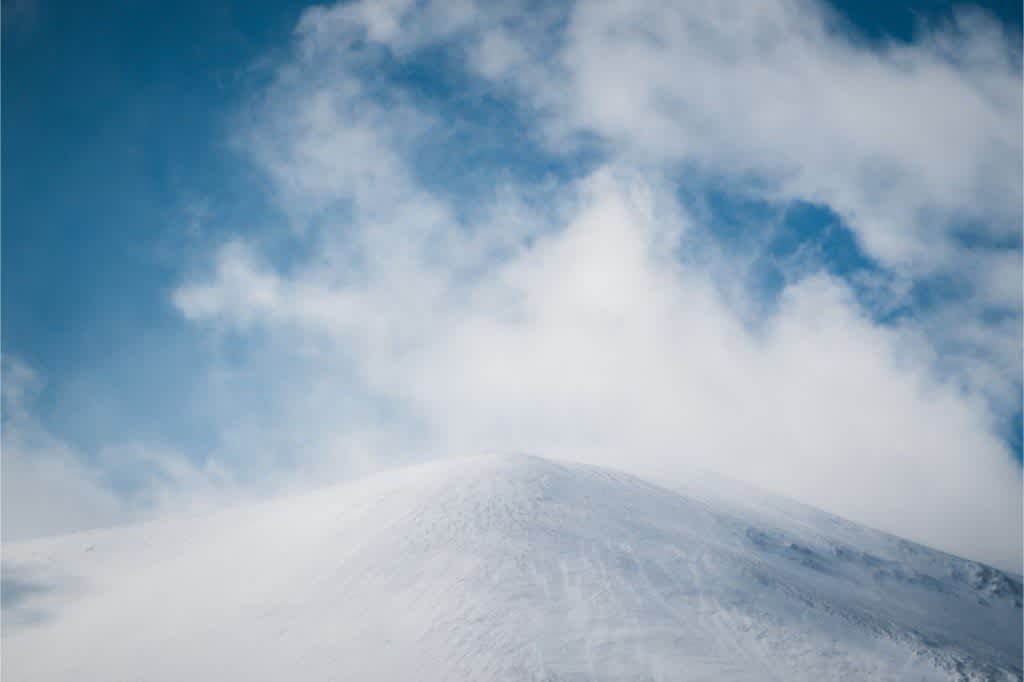
Our original intent was to visit Honshu’s most active volcano up close and personal. However, due to recent volcanic activity, access was restricted and we weren’t allowed to go any closer than roadside.
A shame, because the trails and crater look fantastic to experience.
But nonetheless, roadside and covered in snow, Mount Asama is one stunning volcano. We were lucky to get fairly favourable conditions, with wispy clouds gently floating by the crater. I absolutely just love the textures here.


Roubai no Sato (ろうばいの郷)

Roubai no Sato was our last stop of the day.
Known in English as the “Wintersweet Village”, it features over 10,000 wintersweet flowers arranged in neat rows.
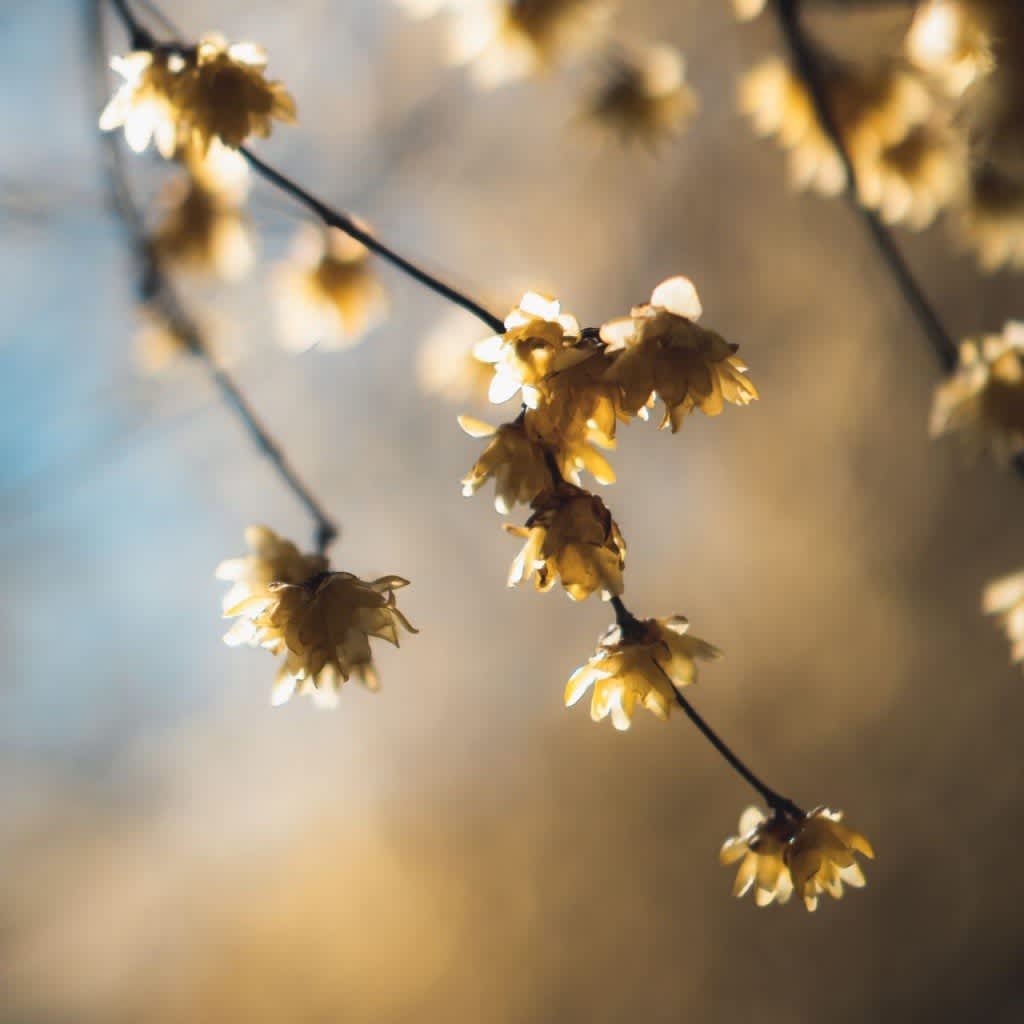

Wintersweet flowers actually come from China, being introduced to Japan in the 17th century. They’re especially interesting because, as the name suggests, they’re a winter flower. Yes, while all other flowers wither during the cold season, wintersweets bloom. Amazing, right?
Day 4 – Ishikawa
Our last day saw us exploring the capital city of Ishikawa Prefecture, Kanazawa.
Kenrokuen Garden
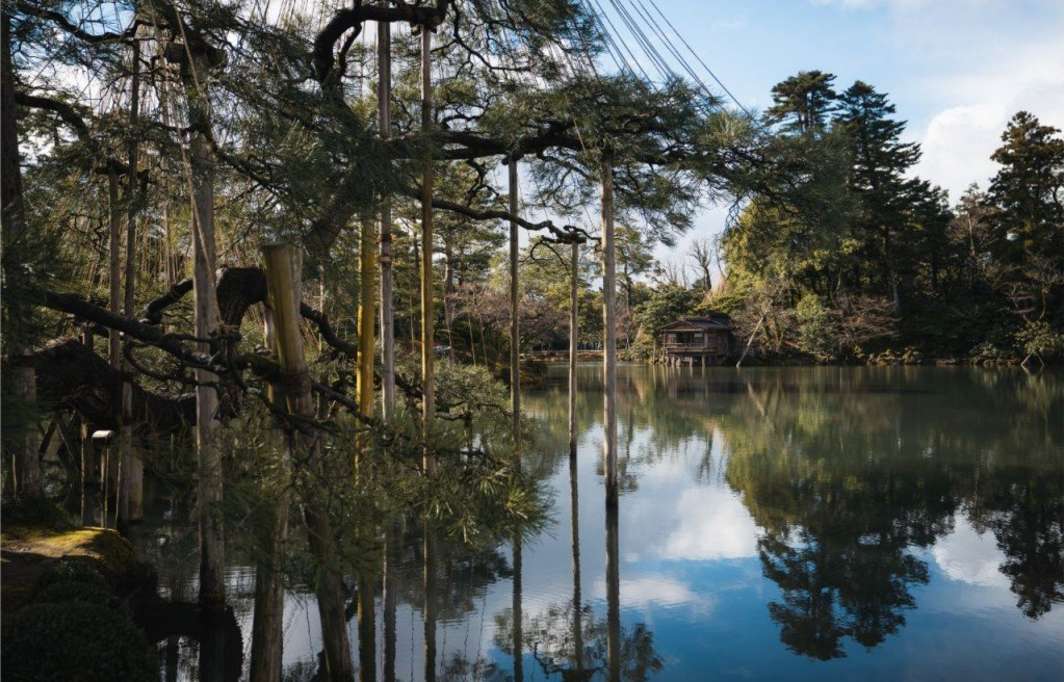
Bright and early for this one, as the crowds tend to get pretty crazy here, and with good reason; Kenrokuen Garden is one of the top 3 landscape gardens in Japan, and often considered the prettiest.
Whenever I visit a new Japanese city, I always love to visit the local art museums and the local Japanese gardens. So, I’ve seen a lot of these carefully manicured, natural areas of art.


Kenrokuen, then, sits near the top of that list for me. It’s absolutely stunning. Even with less than favourable conditions (usually at this time year it’s snowing, but on this particular day it was just wet hail), the park was an absolute beauty to walk around and appreciate.
If you’re looking at visiting this beautiful garden, make sure to get there early. This is a location where tourists arrive by the busload, so beat them all to it and go when it opens (7am or 8am depending on the time of year).
Ishiura Shrine
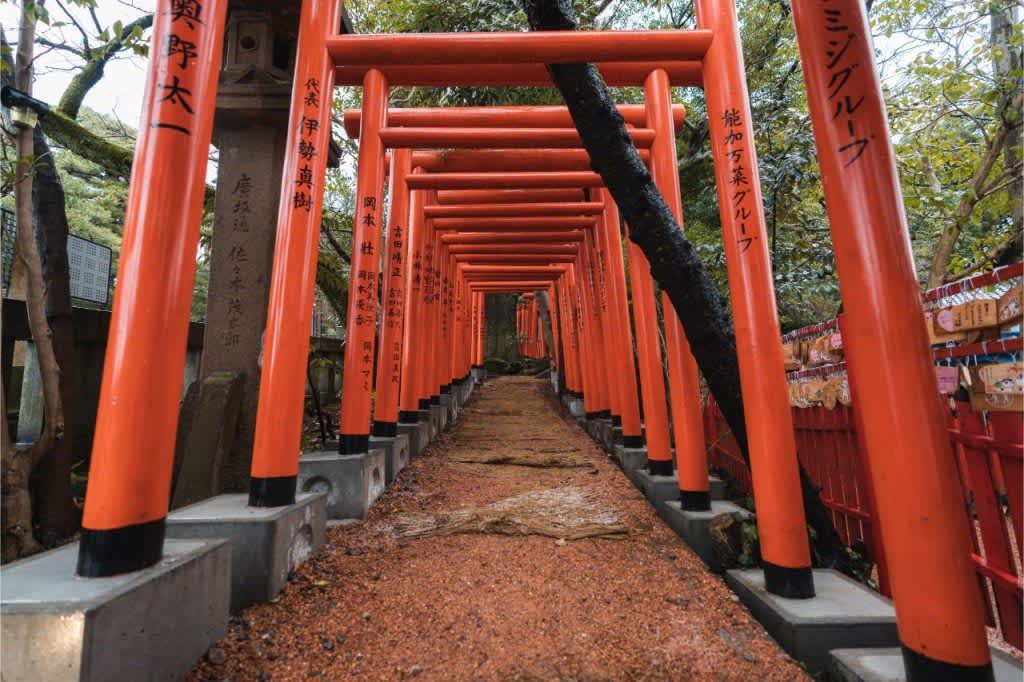
Another location that wasn’t strictly on our itinerary, but caught our attention immediately.
It’s right next to Kenrokuen Garden, so it’s worth at least a quick look.
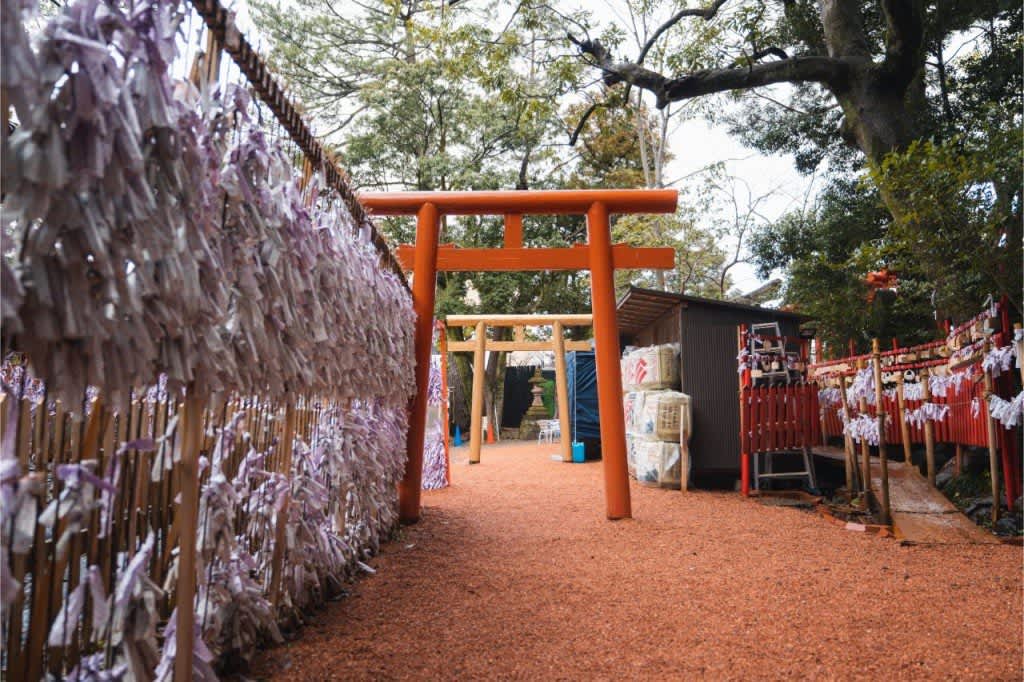
The shrine is an interesting one, originally built in the Tensho Era, and relocated to this part of town in 1880.
What caught our attention, though, was the very Fushimi Inari-like torii gate display. Although a little curvier and less in number, the torii gates are arranged in such a way that you can’t help but think that they were influenced by the famous Kyoto shrine.

In any case, they’re beautiful to look at, and fun to walk through. Definitely worth a quick visit if you’re around this part of town.
Nagamachi Samurai District

Our last stop of the day revolved around one of the more preserved areas of town: the Nagamachi samurai residence district.
There’s actually quite a few of these buildings and streets in this area. They’re all restored and feel quite authentic. There’s even quite a few that have turned into museums, catering to the general public for a small fee. Specifically, we visited the Nomura Samurai House and enjoyed the beautiful landscape garden, and a small tea ceremony.

Thanks to JNTO
And that’s it! A very quick, but very eventful week of sightseeing in Fukushima, Gunma, and Ishikawa Prefectures.
For anyone who has visited Japan more than once, I really suggest visiting some of the lesser-known locations like some of the ones mentioned in this post. These locations really give you a sense of what Japan was really like; its history and its culture, and provides an appreciation of the country that’s even more valuable once you bring this understanding back into the big cities.
Also, another thank you to Visit Japan AU (JNTO) for bringing me on this trip and for supporting this article.
Learn more about Pat and check out other blog articles on his website.



















































